In the brick and mortar company leaders had the corner office. In the fast-paced world of the 80’s and 90’s leaders had the most frequent flyer miles. In the virtual business world today leaders need to “show up” wherever and whenever they are needed – OnDemand! so to speak. This requires a new type of leadership development within companies – one that is no longer tied to the career ladder or level of authority.
A question for CEOs: You bemoan the shortage of leaders globally, but what are you seeking –
– A way to fill hierarchical positions of authority?
– To instill a leadership ethos in your company?
If it is the latter, your leadership development programs have got it all wrong – dangerously wrong!
Too often leaders are simply the final decision-makers, presenters of budgets and operating plans to the executives above them, or politicians always “running” for re-election as waves of reorganization hit the hierarchy. Developing these “leaders” produces vertical infrastructure – a hierarchy composed of a few taught to govern many. While a hierarchy of executives is necessary, is it sufficient to compete in a networked global economy? Like trickle-down-economics, traditional leadership development is based on the belief that educating executives produces high-performing teams, better decisions, increased productivity, innovative products, and healthy organizations.
Leadership OnDemand!
Now, think of how the body manages itself and all the challenges of living – there is no hierarchy of decision-making and there are no executives, no one is “in charge”, not even the mind. Instead, there is a vast amount of cellular and systemic cross-talk, a cacophony of information creating constant communication about the health, well-being, and intentions of the body. From this mess of information emerge emotions, feelings, mind, thought, and from these medicine, technology, civilization, and social evolution. All of the advances we enjoy today come from a living system, a human being, which operates without a leadership hierarchy. In a world brimming with networks, e-business, global financial grids, social mobs, and cell phone documentaries, leaders of organizations are leading a figment of their imagination.
Premise: The organization, company, or business is not the org chart. Sure those boxes exist (just like your stomach and heart do) and people occupy them. Just as surely that chart does not represent how work gets done, services get delivered, decisions configured so they can be made, or new products imagined and brought to market. Executives take note – within your organization leaders are hard at work stepping up OnDemand! to manage and grow your business. And they are doing it with little or no support or development. Why? Because, their box on the org chart is not designated “leader” and yet they need to lead.
Supporting OnDemand! Leaders
The first way to support OnDemand! Leadership is through open-enrollment development courses. I am not thinking about courses on time management or word processing. This venue is a chance for self-selected, i.e. OnDemand!, leaders to get the learning and development they need to do what they are already doing unaided. The curriculum for these courses must be designed not purchased – which eliminates the need for expensive off-the-shelf programs that get filed away in binders. Hire a program designer, a mix of facilitator and coach, who can work with the internal case studies that show up alongside the leaders who seek OnDemand! Leadership support – cases that cover collaboration, communication, trust, engagement and require the facilitator to provide thought partnering, reflective questions, coaching, and emotional support.
Second, if these courses need to be quickly designed and the content used on-the-spot, jettison the awkward and rigid toolkits for those that are easily applied, work everywhere, provide just enough structure, and are generative (i.e. create trust, conversation, and collaboration). Visual metaphor, narrative, and embodied exercise are tools that can be quickly used by OnDemand! leaders. Like improvisation, these tools are useful in unscripted situations when collective development of an idea or collaborative management of a challenge is required. OnDemand! tools provide leaders with a means of acting without lengthy prior planning but also without a loss of rigorous thinking. Rigor, however, comes from the collective conversation, quality of questions, and openness to diversity of ideas and actions.
Third, OnDemand! Leadership courses are a means of creating meaningful opportunities for people to engage with each other around the challenges they face in real-time. This creates the three conditions from which Communities of Practice emerge[1]: relationships of support, mutual engagement that creates a community of practitioners, a shared repertoire, with which to face current challenges, and sense of shared enterprise, finding their place in the context of the whole. With these organizational learning and OnDemand! leadership spreads.
The value proposition for this new way of developing leaders is compelling –
1- Fewer struggling leaders having to learn on their own through trial-and-error
2- An inexpensive, highly tailored learning and development program that meets the immediate needs of the business
3- Identification of a self-selected group of leaders and the potential to grow your own executives
4- A more robust and resilient organization in which learning to lead is rewarded by providing the means to continuously learn in the context of lived experiences
[1]Etienne Wenger. Communities of Practice: Learning, Meaning, and Identity. 1998.



